What is needed? Incense, charcoals, tweezers, torch or lighter and burner.
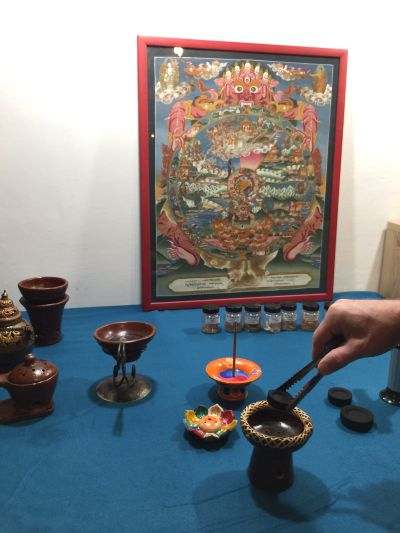 | 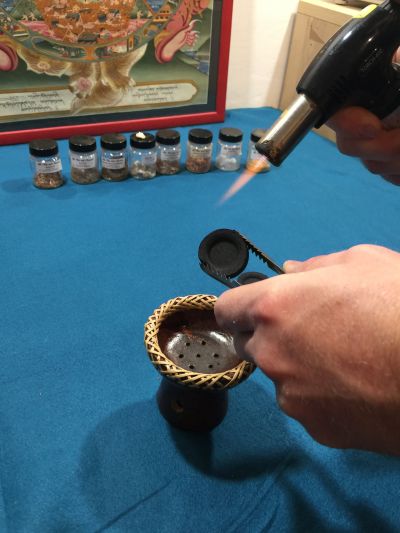 | 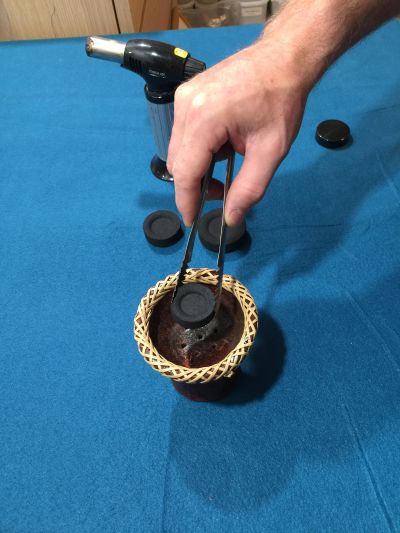 | 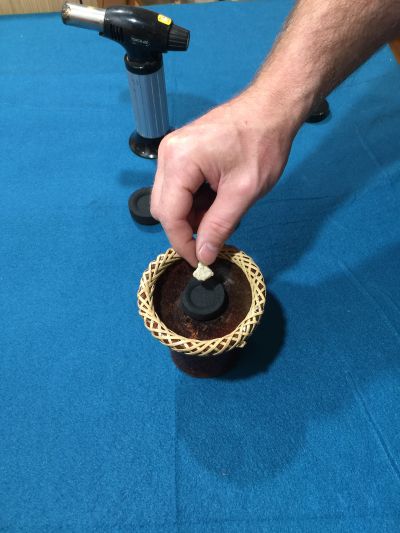 | 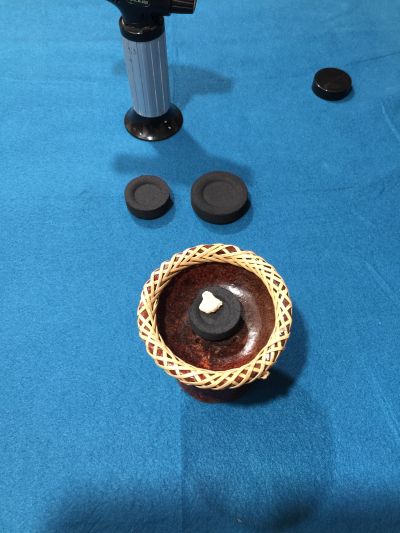 | 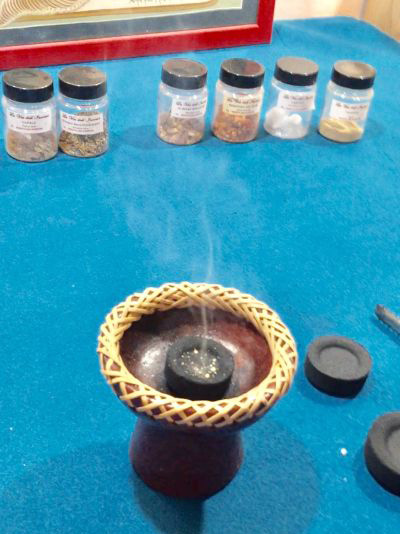 |
To understand how to properly burn incense we must make a distinction between resins and all of the other types that we have listed before
(seeds, roots, leaves and wood): while resins can always be burned directly on charcoal, the same thing may not be true for other types of incense. To better clarify, let's start by seeing the resins.
Resins are not all the same but can be divided into two main groups: resins that burn leaving residues and resins that dissolve completely.
Resins that burn leaving residues: all resins that do not burn completely but leave residues due to the impurities present. When we burn one of these resins, we will find remnants on the charcoal once the combustion process is finished. Some examples of these resins are MYRRH, BOSWELLIA (all types), BORENA, etc ... The problem with these resins is that the residue of combustion tends to carbonize and produce a typical "burnt" smell, not pleasant. There are a few things that can help limit this problem:
(seeds, roots, leaves and wood): while resins can always be burned directly on charcoal, the same thing may not be true for other types of incense. To better clarify, let's start by seeing the resins.
Resins are not all the same but can be divided into two main groups: resins that burn leaving residues and resins that dissolve completely.
Resins that burn leaving residues: all resins that do not burn completely but leave residues due to the impurities present. When we burn one of these resins, we will find remnants on the charcoal once the combustion process is finished. Some examples of these resins are MYRRH, BOSWELLIA (all types), BORENA, etc ... The problem with these resins is that the residue of combustion tends to carbonize and produce a typical "burnt" smell, not pleasant. There are a few things that can help limit this problem:
- clean the charcoal, using a simple spoon, before the grains carbonize and produce the bad smell (this can be done as many times as you want, as long as the charcoal lasts and will always ensure an excellent perfume).
- By reducing the resins to dust, the phenomenon of carbonization, even if it is always present, will be less relevant and a lighter smell of burnt. This assuming however, that you work with a mortar or something else to reduce the grains into resin powder. The contraindication in this case regards the conservation, in fact the pulverized resins lose their aroma sooner if left whole. It is advisable to pulverize the resins just before using them, rather than to stock up on pulverized resin.
Resins that dissolve completely: belonging to this type of resins are all those that liquefy in contact with heat. An example is MASTIC RESIN, SIAM BENZOIN, DAMMAR etc.. This type of resins does not present the
problem of carbonization as it dissolves completely and leaves no
residue. The characteristic of this type of resins is that once placed on
the charcoal it is not possible to remove them until they have finished to burn. Therefore, it is important not to overload the quantities and always put a little resin at a time. Generally these resins produce much more
smoke than the others.
WOODS, LEAVES, ROOTS, SEEDS.
To burn these types of incense it is important to follow some precautions that always apply: all these incense produce residues when they burn and therefore they will produce a "burnt" smell at the end of the
combustion. Reducing incense to dust helps contain this problem.
The scents of these types are generally more delicate than the resins,
and if you want to create mixtures it is good to know this fact in order to balance the quantities. Even if all these incense can be directly burned
on the charcoal, a preparation can help to get better results: for
example CARDAMOME produces an excellent fragrance when burned
whole, but if you chop it earlier, it frees the seeds from the shell and the
result is even better.
These types of incense should always be DRY before burning.
An example would be ROSEMARY: if you burn it fresh you will notice that it tends to produce a burnt smell very quickly; if you dry it and then
burn it, the perfume produced will be more intense and the
smell of burnt will be much less.CHARCOALS
They come in the form of self-combustive coal pods, which once ignited burn on their own. The incense must be placed on the burning charcoal
so that it can release its aroma. Charcoals have the great advantage of
being easy to use and of suitable for burning all types of incense,
whether they are plants, resins or other, thanks to the high
temperatures they are able to reach. There are two types:
- fast burning: these pods, thin and slightly rounded, with a thickness of about half a centimeter, light up very quickly and last on average 20/25 minutes. Since the fast ignition obtained is due to a greater proportion of sulfur and saltpeter, at the moment of ignition a considerable amount of smoke will develop. It is advisable to turn them on near an open window or directly outdoors.
- slow combustion: these pods light slowly and do not release as much smoke as the others; on average a charcoal lasts between 45 and 60 minutes.
ATTENTION: the charcoal develops a very high temperature so it must
NOT be placed on supports that can be damaged. MUST BE AVOIDED:
glass, plastic or metal ashtrays (in addition to becoming
incandescent they will burn what they are resting on).
You can use all those supports that withstand heat such as: stone
ashtrays, incense burners, stone or metal essence burners.
The best supports for using charcoal are specific burners that can be
made with various materials.


